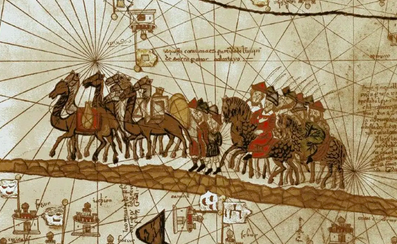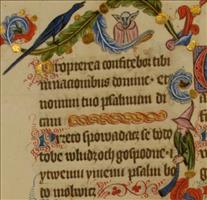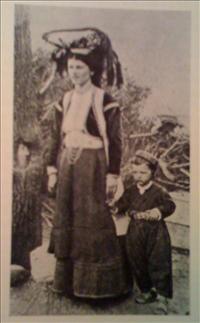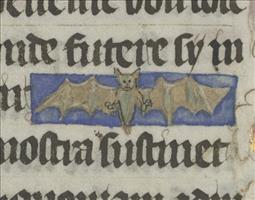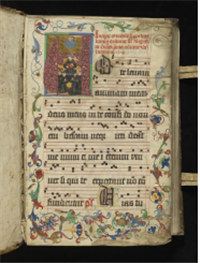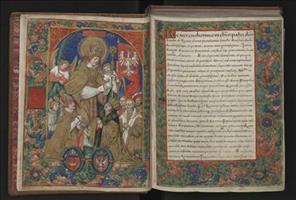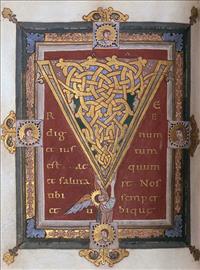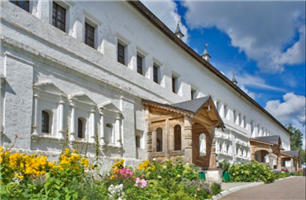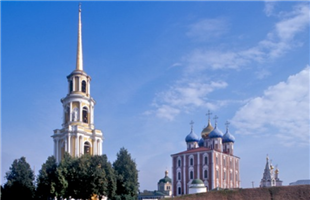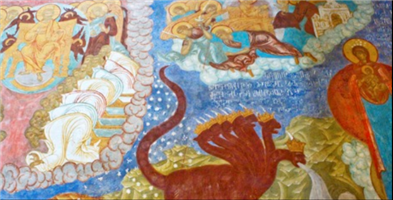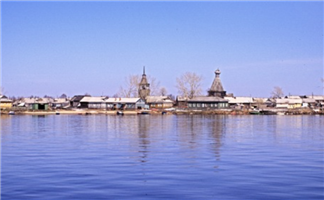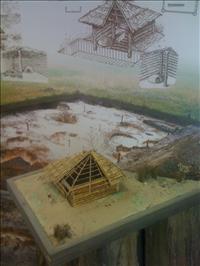Katalog arcybiskupów gnieźnieńskich Długosza
Catalogus archiepiscoporum Gnesnensium is an Illuminated manuscript written in Latin in the 16th century (ca 1531-1535 ) . It is one of the most important work of the polish literature, given its historical and aesthetic value. Its creation is associated with the activity of three important figures in the history of the Church - the chronicler Jan Długosz , Tomickim Piotr , Bishop of Krakow , diplomat and politician , a famous patron of the arts , as well as outstanding Renaissance illuminator Stanisławem Samostrzelnikiem, monk of a Cistercian Abbey near Krakow, who recreated the solemn images of bishops in pontifical robes , their patron saints , but also landscapes and plant ornamental fringes. The Code presents profiles of Gniezno archbishops and bishops of Krakow, information on their families , business and churches.
https://polona.pl/item/36618320/8/
